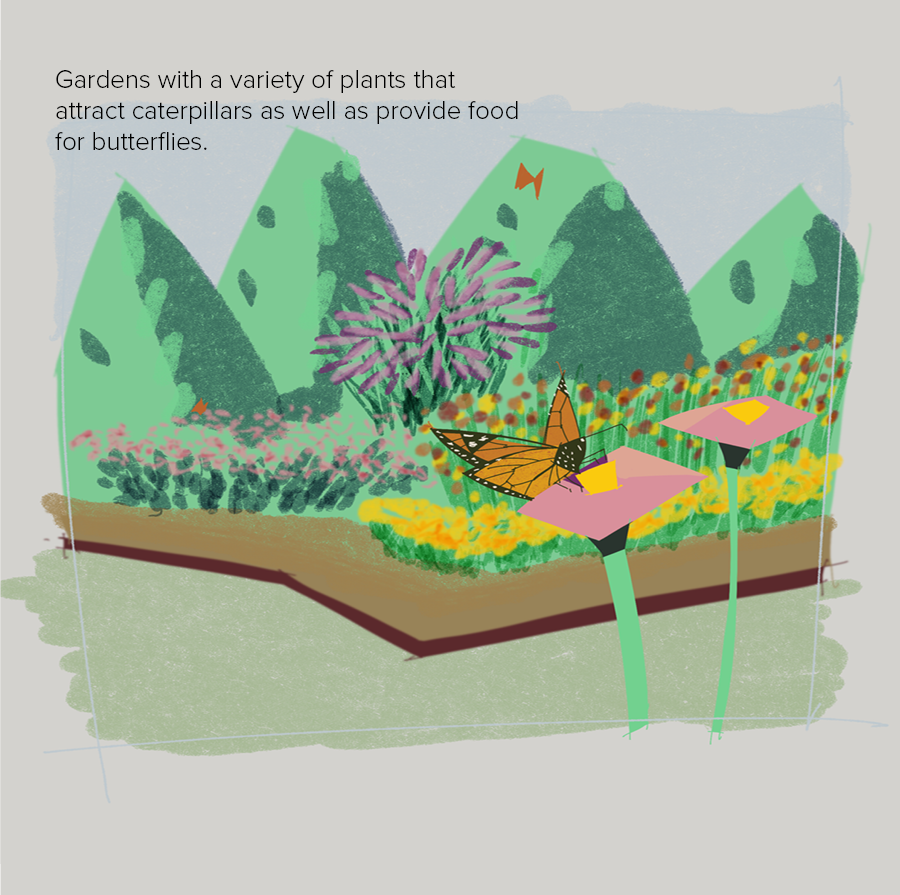
Butterfly Gardens
Butterfly Gardens
Problem
Natural habitats and ecosystems are continuously being disrupted by human activities. This has a detrimental effect on our environment. Additionally, children are spending less time outdoors and more time in front of digital screens. Being disconnected from nature, children may not become aware of the importance that natural habitats and ecosystems have on the environment.
Solution
Butterfly gardens provide intriguing natural settings that can promote excitement, curiosity, and joy in children. A garden can be created by planting a variety of flowers that attract butterflies. Butterflies are drawn to the colorful and scented flowers to drink their nectar. Pollen sticks to the butterfly and is transferred as it moves from flower to flower to drink more nectar. This provides an opportunity for children to learn about the pollination cycle and the role that natural habitats play in ecosystems.
Related Patterns Meandering Path – Outdoor, Learning Gardens, Indoor-Outdoor Connections
View Image Gallery
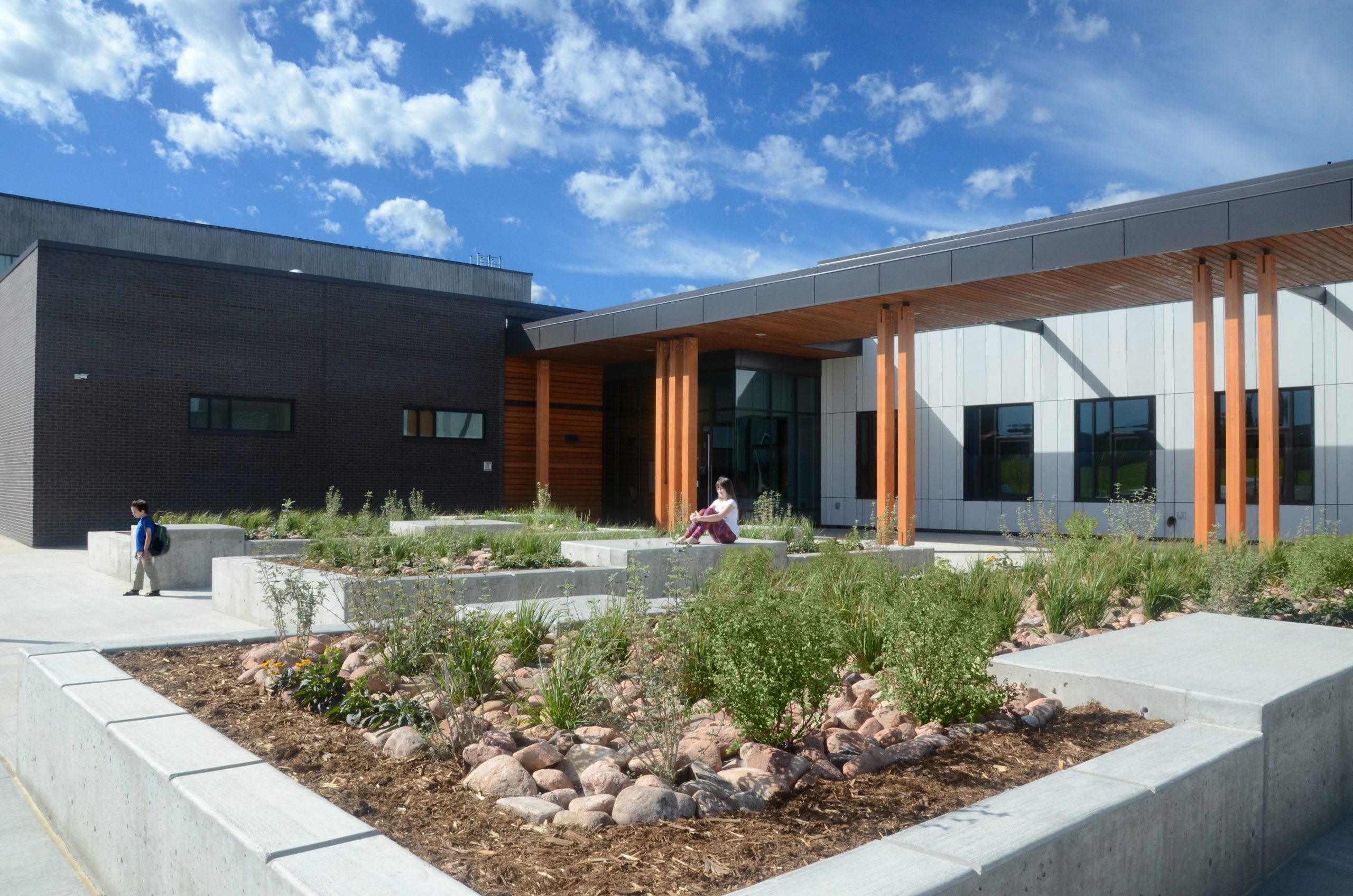
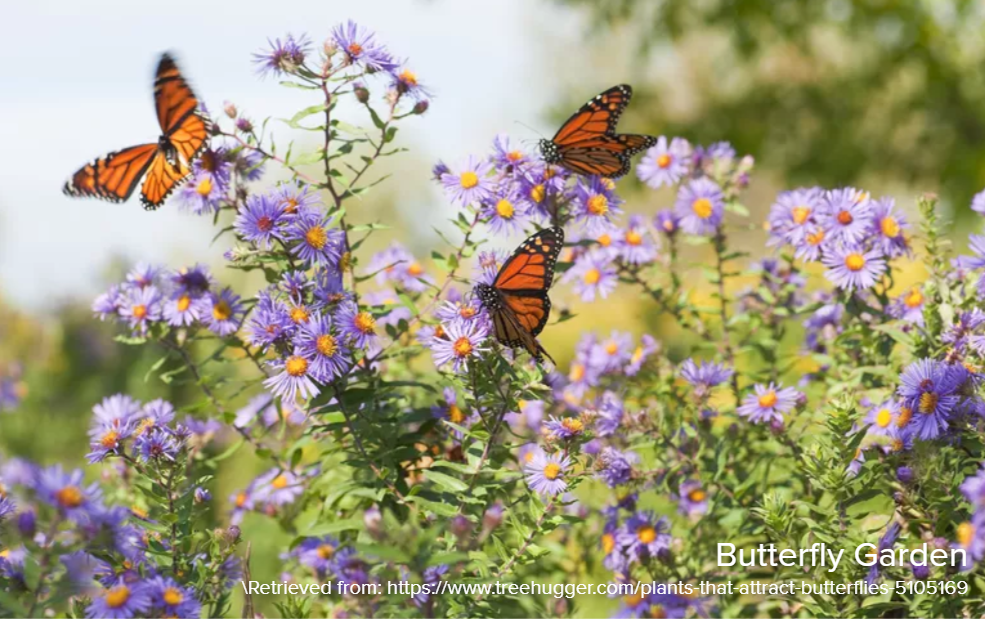
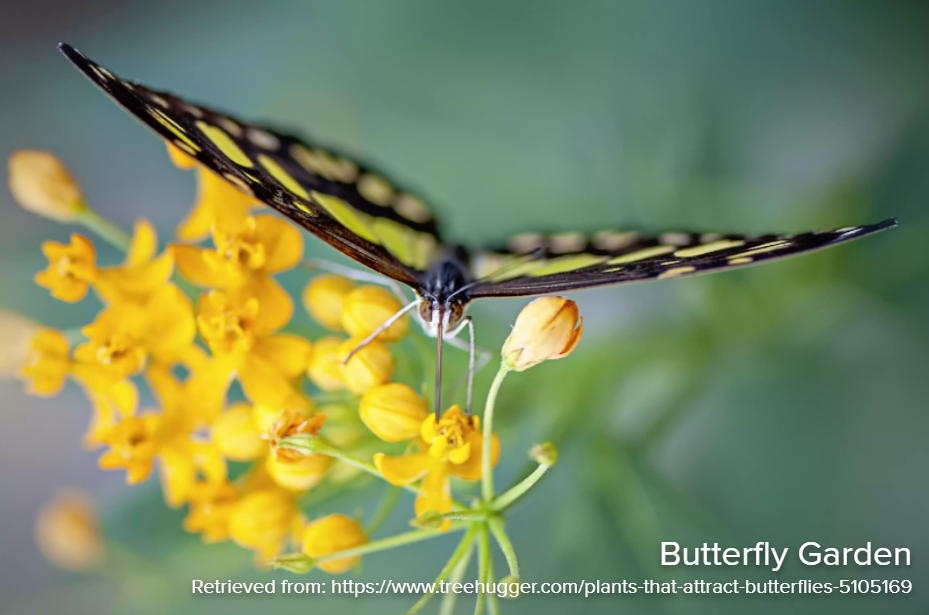
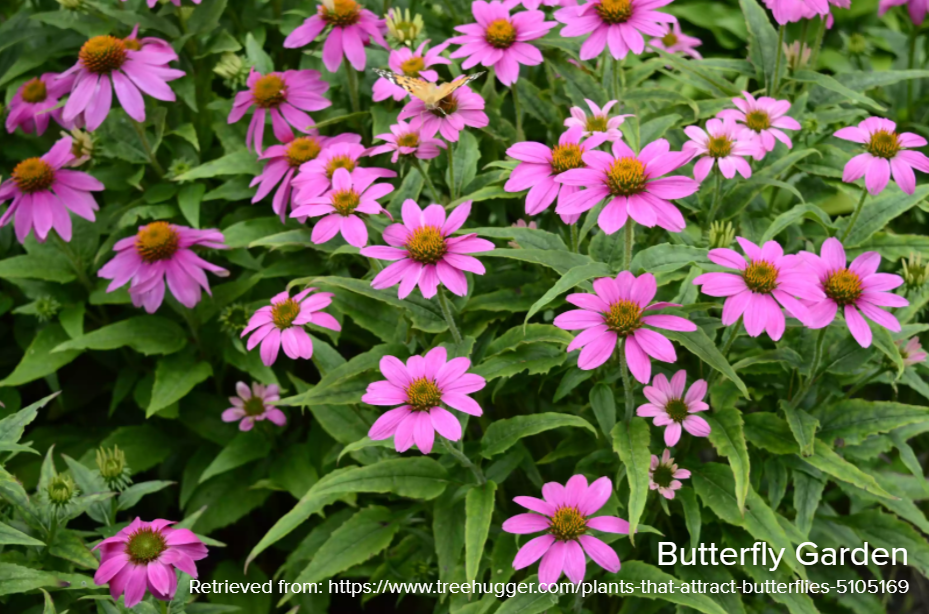
Learn More
- How to Create a Pollinator Garden in 7 Steps
This article emphasizes the crucial role of pollinators in global food production, warns of the threat to their survival from habitat destruction, and offers guidance from Architectural Digest Reviews on creating pollinator-friendly spaces along with organizations that support pollinators.
- Special-Needs Students Create a Bloomin' Butterfly Garden
This article describes the educational benefits of creating a butterfly garden.
- Environmental Benefits of Butterfly Gardens
Read some of the reasons why cultivating butterfly gardens has many layers of benefits, including for student learning!
- How to Start a Butterfly Garden
Starter guide for selecting the appropriate site and plants for your butterfly garden.
- Teaching Garden
This website has creative ways to integrate your garden into your lesson plans.


